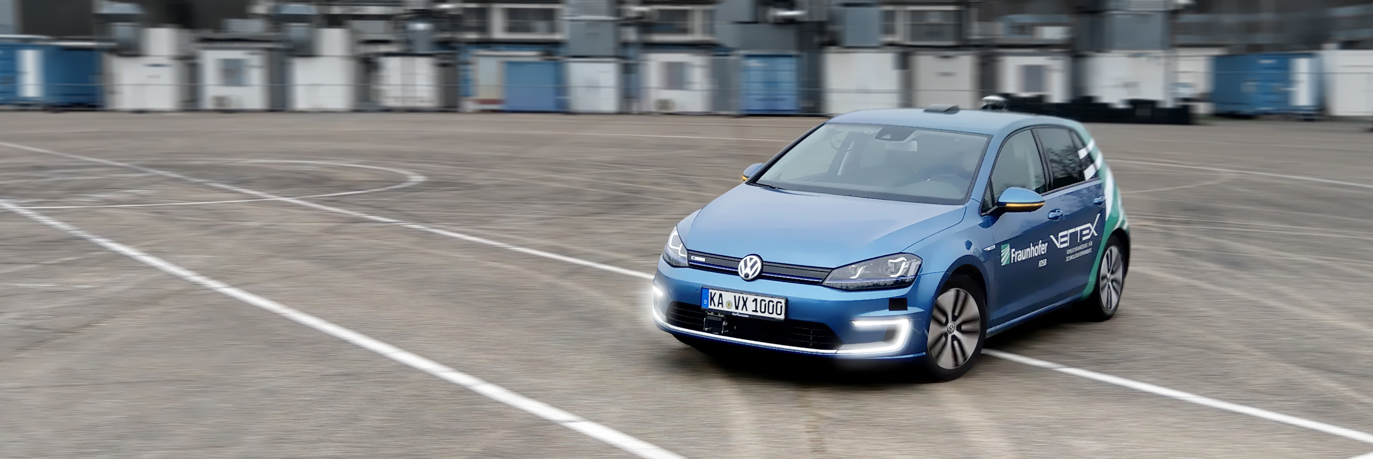Automated, cooperative and connected driving
Automation is becoming an integral part of all areas of daily life. In addition to autonomous manipulators and robot systems, which can independently navigate in rough terrain to perform dangerous tasks, we at Fraunhofer IOSB are working on future-oriented innovative mobility solutions. We develop application-oriented driver assistance functions and conduct research on automated and connected driving under consideration of realistic market launch scenarios. This includes both questions of validation through targeted data collection and simulation as well as acceptance considerations through the development of innovative functionalities focused on passengers.
 Fraunhofer Institute of Optronics, System Technologies and Image Exploitation IOSB
Fraunhofer Institute of Optronics, System Technologies and Image Exploitation IOSB 